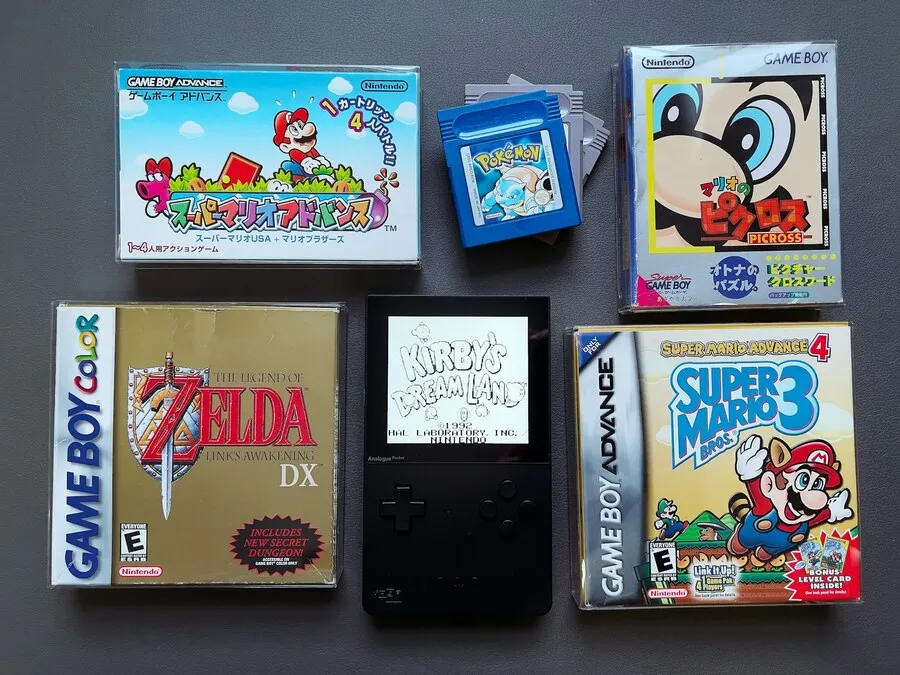Arising as a prominent branch of game development in the 1970s after the huge success of arcade video games, game designers as we know them today were tasked with designing the bulk of content for the game, including the rules, storyline, characters and overall appeal. Today, game designing is a multi-million dollar industry that’s only expected to grow larger as technology advances. Take a look at the timeline below to see how the industry has evolved and expanded over the years.
1952 – Willy Higinbotham creates what is commonly referred to as “the first video game.” Similar to table tennis, this 2 person game was played on an oscilloscope.
1961 – A MIT student, Steve Russell, creates the first interactive game, Spacewars, played on mainframe computers.
1971 – Computer Space, developed by Nolan Bushnell and Ted Dabney (founders of Atari), becomes the first video arcade game released. Although it was instantly popular, many people found the game too difficult.
1972 – Realizing the potential of video games, Magnavox released Odyssey, the first home video gaming system. Most notably though, Atari is founded and quickly recognized as the leader in the video game industry. Their first released game, Pong, was wildly successful and soon became available as a home version.
1974 – Steve Jobs, one of Atari’s technicians and later a circuit board creator, presented an idea to the Atari founders for a personal computer system. Because funds were tied up in other projects, Bushnell referred a venture capitalist to Jobs for funding support. That personal computer, of course, was the beginning of Apple.
1975 – The first computer game hits the markets. Gunfight used a microprocessor instead of hardwired circuits.
1977 – Retailing at $249.95, a large chunk of money at the time, the Atari 2600 game console is released.
1978 – Adding another level of competition and appeal to video games, Space Invaders hits arcades as the first game to track and display high scores. Soon after, the game Asteroids took it a step further and allowed three letter initials to be stored with top scores.
1980 – The first 3D game, Battlezone, is created. The game caught the eye of the US Government, who later modified it for training exercises. Due to the advancing complexity of games, companies begin to form teams to specifically address design. Game designers and programmers soon became separate, distinct careers.
1981 – The gaming industry proves its prominence with the first dedicated periodical, Electronic Games.
1985 – Developed by a Russian programmer, Tetris is released for arcades, video game consoles, as well as home computers.
1989 – Game Boys, handheld gaming devices made by Nintendo, hit the market to much avail. Later in the year, Sega releases the Genesis game console.
1994 – The Entertainment Software Rating Board is created due to concerns about violence in games and the marketing tactics used. Games now receive a rating displayed on the packaging.
1995 – Sony releases the PlayStation in the U.S. By 1997, 20 million units had been sold.
1996 – Arcades switch their focus from traditional video games to the more popular physical riding games, such as skiing, and car/bike racing.
1998 – The Sega Dreamcast is released, one of Sega’s last pulls to stay in the market.
2000 – Sony’s PlayStation 2 is released. The 500,000 initial units sell out instantly at $300 apiece. The same year, The Sims surpasses Myst as the best selling PC game. Game designers now work in teams of dozens to quickly create the complex games being sold.
2001 – “Next Generation” gaming systems are introduced. The Microsoft Xbox and Nintendo GameCube are not only more interactive for the user, but also easier to develop games for. Shortly after the release of these products, Sega announces it will no longer produce hardware.
2004 – The Nintendo DS is released as a purposefully portable system. Sony follows a year later with their portable version, the Sony PSP.
2006 – The Nintendo Wii revolutionizes the market with its controller system, designed to mimic actual physical movements such as swinging a tennis racket or throwing a bowling ball. During the same year, the PlayStation 3 is released as the most sophisticated (and expensive) console.
2007 – Apple releases the iPhone, creating an entirely new device in which to play games.
2008 – The App Store is introduced. With a diverse array of functionalities, games quickly become the most popular and lucrative “apps.” Game designing and developing for Smartphone applications becomes a large niche. In a successful effort to get people of all ages involved and excited about the Wii, Nintendo releases the Wii Fit game. By the next year, Wii Sports surpasses Super Mario Bros as the bestselling video game with over 40 million units sold.
2011 – Projected to grow an additional 30% by 2016, the gaming industry produces sales of over 18 billion per year. Colleges and degrees specifically for game design and production are becoming increasingly advanced and popular.
Source by Ben Hobbs












